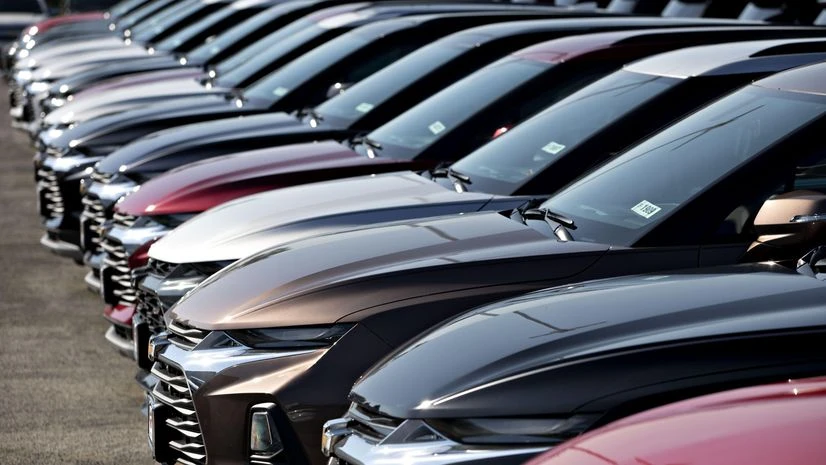Passenger vehicle (PV) retail sales growth lagged wholesales in the month of August — while retail sales grew by 6.5 per cent year-on-year (Y-o-Y), wholesales went up 9.7 per cent.
Dealers are concerned about the rising inventory (that includes higher stocks ahead of the festival season), which has now reached an all-time high of 60 days.
In August, PV wholesales were at an all-time monthly high of 360,897 units, beating the previous peak of 355,400 registered in September 2022. Retail sales are also at an all-time monthly high of 315,153 units.
Speaking to Business Standard, Manish Raj Singhania, president, Federation of Automobile Dealers Associations (FADA) said the inventory levels have grown from 53 days in July to 60 days in August.
This is almost the all-time high inventory levels of February 2019, when they touched 60 days. Singhania said that auto original equipment manufacturers (OEMs) need to stop dispatching the entry-level models to dealers.
“The right models need to be given to the dealers for which there is customer demand. OEMs need to bill models based on consumer demand, and not dump the entry level cars to clock wholesale numbers,” he said.
More From This Section
He, however, admitted that improved vehicle supply (with increased production) and customer schemes have been positive for the market.
“Despite such advances, supply chain bottlenecks persist, particularly in timely deliveries,” he said. He added that a constrained product range in popular segments, such as mid-sized SUVs, continues to limit overall potential.
“It is alarming that inventory levels have exceeded 60 days for the first time. This is even before the onset of Navratri-Diwali festivities. This trend necessitates vigilant monitoring by PV OEMs,” Singhania said.
Dealers said that a 21-day inventory level is ideal for the market. “We are not sure where the inventory level will stand after the festival season. If it is high, then there will be an issue among financers, dealers and OEMs,” Singhania said.
The positive sign is that month-on-month (M-o-M) retail sales for PVs have improved. They rose from 284,064 units in July to 315,153 units in August, a growth of almost 11 per cent.
Another area of concern is the lack of sufficient rainfall, which could raise inflation, and adversely impact the consumer’s purchasing power. This, in turn, may dampen the demand.
This is evident in retail tractor sales – they are up 13.5 per cent Y-o-Y, but down 18.64 per cent M-o-M. Two wheelers, however, are showing signs of recovery — sales are up 6.3 per cent YoY and 2.1 per cent M-o-M.
Singhania said that two-wheeler demand is primarily driven by motorcycle sales, and 70 per cent of sales happen in rural areas. Rural sentiment is thus going to be the key during the festival season.
Three-wheelers have been consistent in maintaining a growth momentum — they logged all time high retail sales in August, selling 99,907 units, up 66 per cent YoY.
Overall, automotive retail sales grew 9 per cent YoY in August.
Evaluated against the pre-pandemic metrics, the overall retail landscape exhibited a modest 1 per cent growth, indicating nascent signs of recovery.


)
